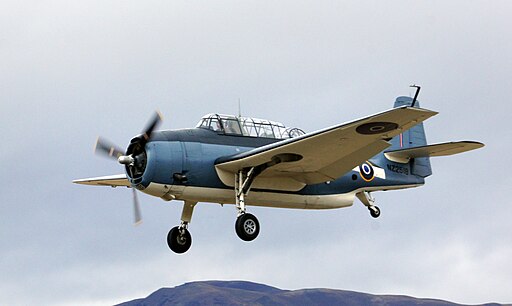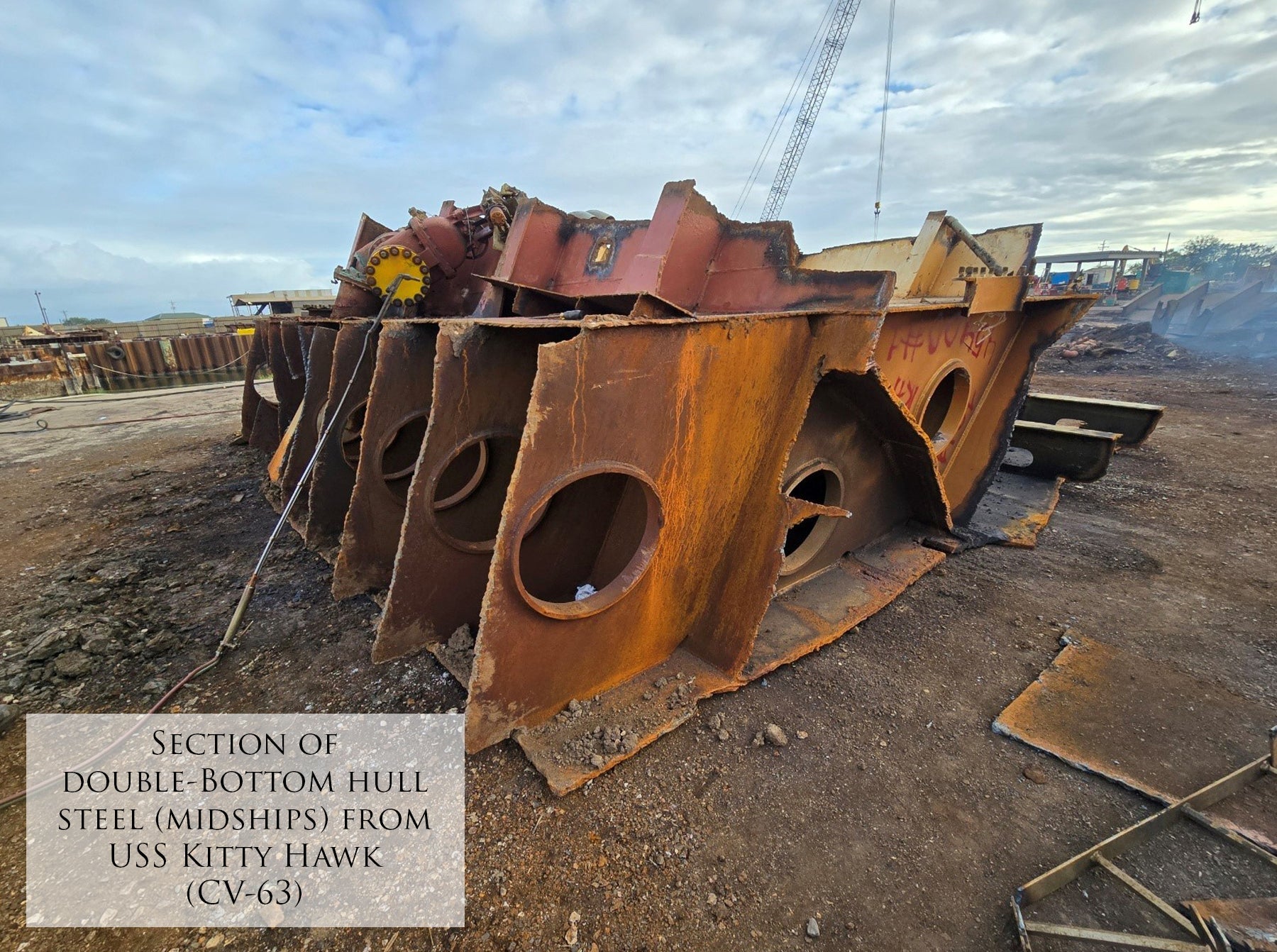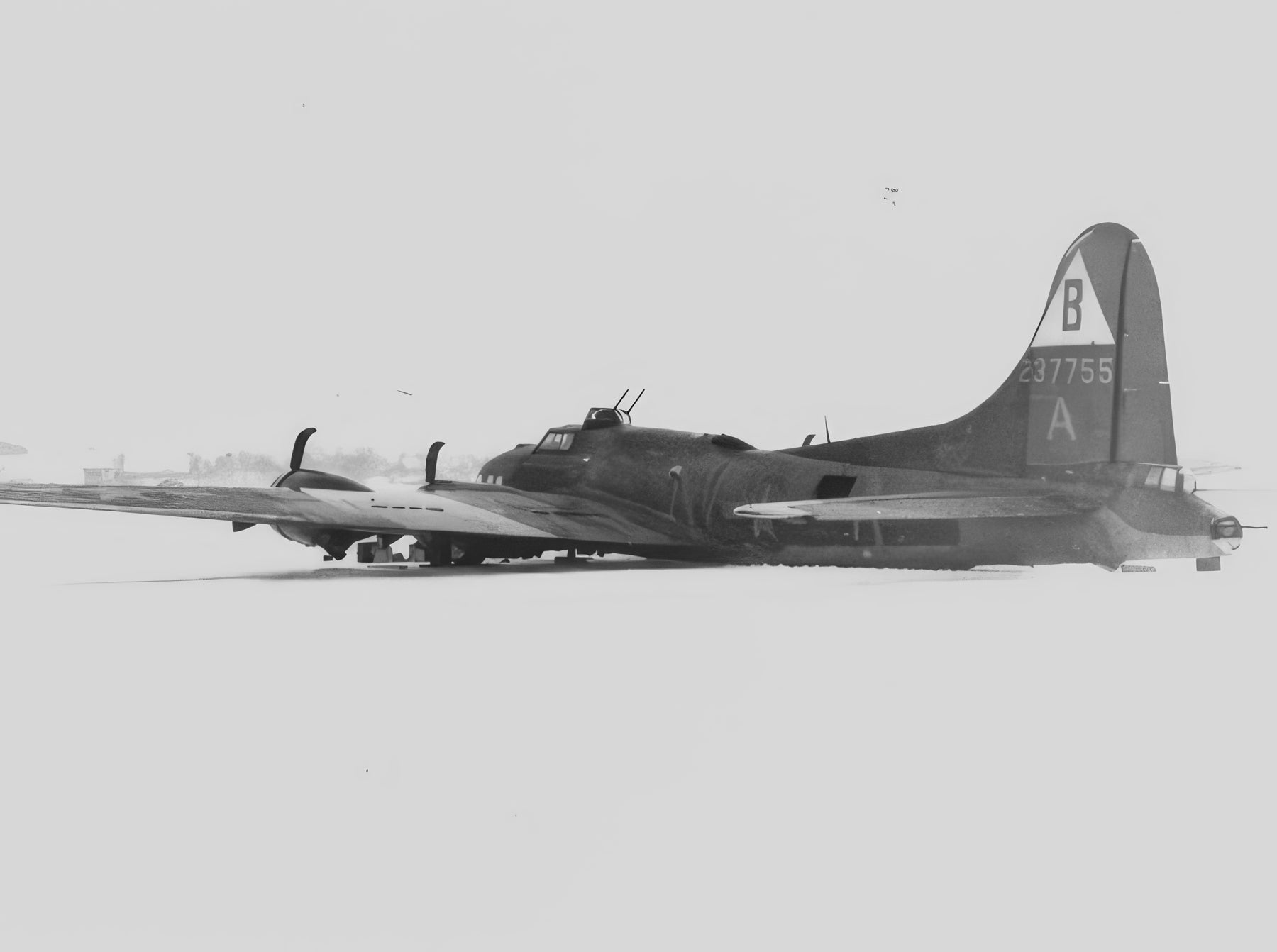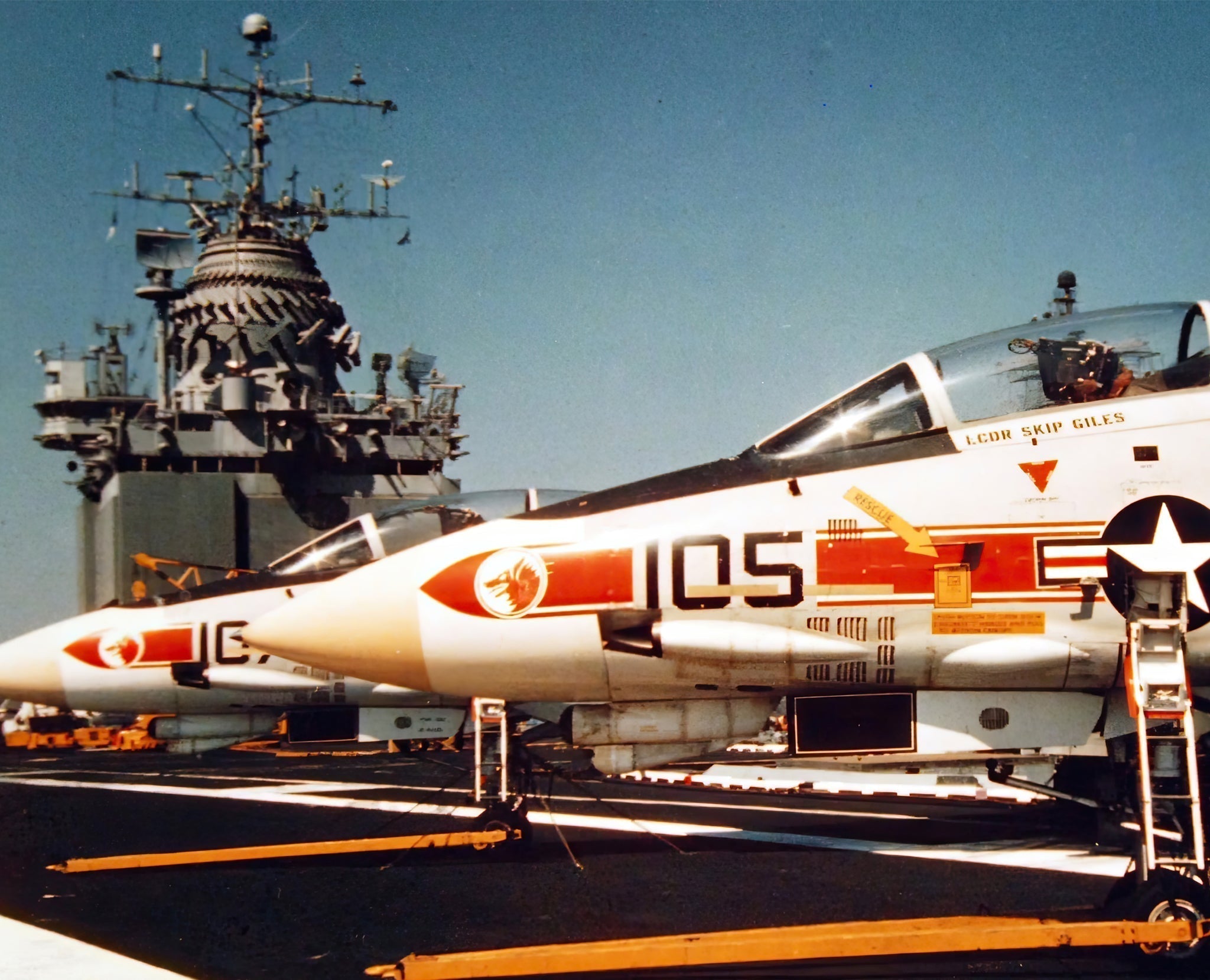The TBM Avenger symbolizes American industrial might and ingenuity during World War II. Initially produced by the esteemed Grumman Aircraft Engineering Corporation, the Avenger’s production story took an unexpected turn when the torch was passed to General Motors. This transition was not just a change of hands but a testament to the nation’s unparalleled mobilization for war. Below, we delve into the nuances of this production shift, examining its implications, challenges, and the enduring legacy of the TBM Avenger.
Grumman’s Brainchild: The Birth of the TBM Avenger
Born out of the inventive minds at Grumman, a company celebrated for its unwavering dedication to the highest standards in aerospace, the TBM Avenger grew to be a torpedo bomber of legendary status within naval aviation circles. Amidst the intensity and turmoil of war, the Avenger stepped up and displayed its true capabilities, blending robust durability, impressive versatility, and raw power in a seamless dance of aerial mastery. In the vast and demanding theatre of naval warfare, it emerged as an indispensable asset, a stalwart ally for the U.S. Navy, exuding reliability and high performance exactly when the stakes were highest.
The Unprecedented Shift: General Motors Takes the Helm
As the tides of war swelled, the demand for Avengers outpaced Grumman’s production capacity, necessitating an extraordinary solution. Enter General Motors, an automotive giant with no previous experience in aircraft manufacturing. The company’s Eastern Aircraft Division produced the TBM, an adapted version of Grumman’s TBF. This transition symbolized the era’s industrial mobilization, showcasing America’s ability to repurpose its manufacturing might for the war effort.
Navigating Uncharted Territories: The Challenges and Triumphs
General Motors’ foray into aircraft production had its challenges. The company had to rapidly transform automotive assembly lines into facilities capable of producing complex aircraft, which required ingenuity, adaptability, and an unwavering commitment to the war effort. Despite these challenges, General Motors rose to the occasion, successfully producing thousands of TBM Avengers and contributing indispensably to the Allies’ victory.
The TBM Avenger Today: A Legacy of Adaptability and Excellence
Decades have passed since the last TBM Avenger rolled off the assembly line, but the legacy of this remarkable transition from Grumman to General Motors continues to resonate. Today, preserved TBMs grace museums and airshows, serving as flying monuments to an era of unparalleled industrial adaptability and excellence. They stand as a testament to the men and women who flew them in combat and the workers who swiftly and skillfully leaped from crafting cars to building bombers.
Conclusion
The production journey of the TBM Avenger, from the skilled hands of Grumman’s engineers to the unprecedented mobilization of General Motors’ assembly lines, encapsulates a unique chapter in World War II history. It is a story of transformation, resilience, and American ingenuity. Today, as we reflect on this chapter, the TBM Avenger serves as a lasting reminder of what can be achieved when determination meets adaptability, ensuring that the echoes of history continue to inspire future generations.
For more insights into the TBM Avenger. and other important military aircraft, visit Aces In Action. Here, you’ll find an amazing piece of artwork by Craig Tinder titled “Return of the Wolf Gang,” which illustrates the tribute to the pilots and crews who flew the dangerous bombing and torpedo bombing missions with the TBF/M Avenger. The limited edition canvas print even includes a piece of relic fragment originating from the lower cowl panel for the oil cooler intake of a TBM Avenger from one of the 7,500 aircraft built by General Motors, making it a unique piece of history!
Return of the Wolf Gang – TBM Avenger Aviation Art by Craig Tinder
19 February 1945 – Low on fuel and having taken flak and small arms fire, the first TBM-3 Avengers from Torpedo Squadron VT-84 “Wolf Gang” return to the USS Bunker Hill (CV-17) after providing protective air cover for the U.S. Marine assault landing on the island of Iwo Jima. Torpedo Squadron VT-84 was credited later in the war with nine direct torpedo hits that crippled and sunk the Japanese super battleship Yamato.





Share:
Unveiling the B-29 Superfortress: Technological Triumph in Aviation
Preserving History: The Journey of B-26 Marauder